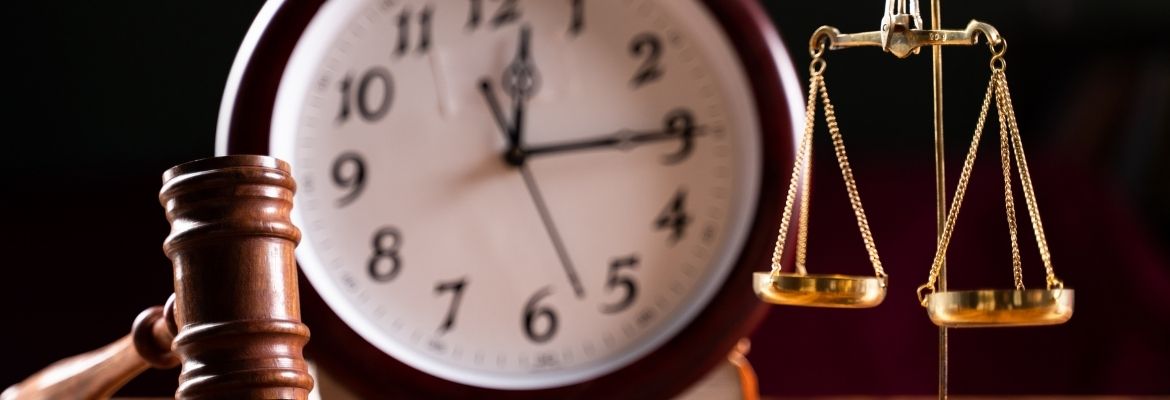
Pursuant to the Rules of Civil Procedure (“Rules”), each party in an action brought under the Simplified Procedure is permitted a maximum of three hours for examination for discovery (Rule 76.04(2)).
However, a recent Superior Court of Justice decision has confirmed that the Court has jurisdiction to extend this time limit.
In Blue v Metro Ontario Inc, 2022 ONSC 1283, the Plaintiff (“Blue”) commenced an action under the Simplified Procedure in relation to a slip and fall incident at the grocery store of the Defendant, Metro Ontario Inc (“MOI”).
Prior to the examination for discoveries, MOI’s counsel sent surveillance footage of the incident to Blue. Unfortunately, the entire footage could not be opened prior to the start of the examination for discovery of MOI.
Counsel agreed to proceed with the examination but discussed that MOI’s counsel would send the balance of the footage during the examination. Once the balance of the footage was received, MOI’s examination would be adjourned so counsel could watch the remaining footage and then continue with the examination.
MOI’s examination exceeded the three-hour limit. When the examination was concluded, the surveillance footage was still downloading. MOI’s counsel refused to reproduce its representative for further examination.
A motion was brought to determine whether the examination for discovery of MOI’s representative should be extended.
Court’s Reasoning
Associate Justice McGraw adopted the reasoning from Keedi v Wawanesa, 2021 ONSC 3650 (“Keedi”). In Keedi, it was held that the “Court has the jurisdiction to extend the 3-hour time limit under Rule 76.04(2).”
Rule 3.02(1) provides the Court with the discretion to extend or abridge any time prescribed by the Rules, while Rule 2.03 permits the Court to dispense with compliance of any rule. It is notable that the language of 3.02(1) does not exclude Rule 76.04(2), and Rule 76 does not preclude the application of 3.02(1).
Associate Justice McGraw reasoned that the surveillance was “relevant and crucial to the matters at issue” and that it would be “unjust and prejudicial” for Blue to be deprived of the opportunity to ask her limited questions on the footage.
In light of the pre-examination agreement between the parties, and the fact that Blue’s counsel relied on the MOI’s endeavor to provide the footage, Associate Justice McGraw rationalized that the limited re-attendance is:
- Reasonable, proportionate and consistent with securing the just, most expeditious and least expensive determination of the proceedings pursuant to Rule 1.04(1), and
- Consistent with the purposes of the Simplified Procedure to decrease costs and simplify claims.
MOI’s representative was ordered to re-attend on examination for discovery for an additional 30 minutes.
Takeaway
The goal of Simplified Procedure is to provide a simpler, more efficient and less costly course of action to litigate disputes. While Blue confirms that the Court has the jurisdiction to extend the time for discovery, the Court will only do so in limited circumstances that it considers just, reasonable and appropriate. Counsel should aim to conduct their examinations efficiently and effectively in keeping with the objectives of Simplified Procedure.
Author: Christina Chiu, Lawyer
